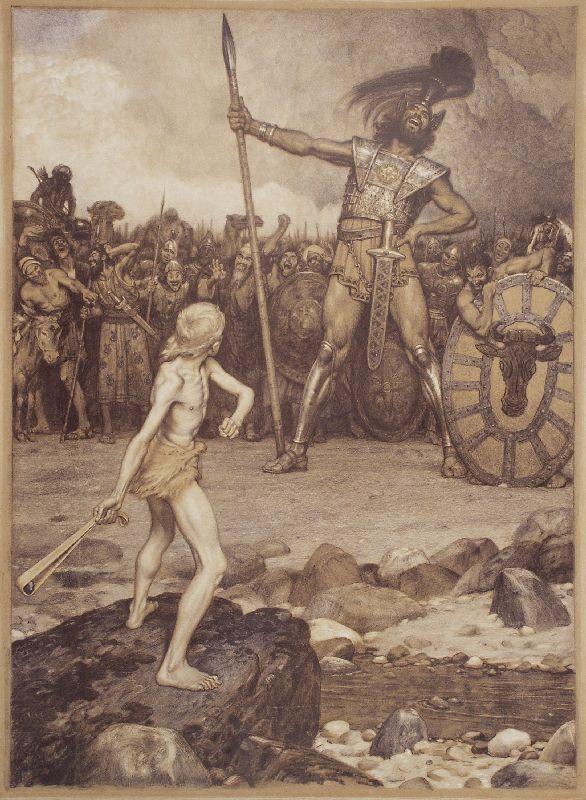The Old Testament tells a story in which a diminutive David defeats the giant Goliath. Using just a sling to slay his enormous foe, this unlikely victor became the second Hebrew monarch.
While many consider the tale to be merely a colorful allegory, a recent finding exhibiting the oldest known Philistine inscriptions suggests that Goliath may have actually existed. This artifact—a small clay shard—was found in Israel in 2005 by Tell es-Safi University archeologists.
It is inscribed with the words “Alwt and Wlt” which, according to Professor Aaron Demsky, coincide with the name Goliath. Alwt and Wlt are non-Semitic names which are etymologically similar to the name Goliath. Studies confirm that the carving was made around 950 B.C., which would put it within 70 years of when biblical scholars believe this historic fight occurred.
While the find may lend some new credibility to an ancient tale, it may also serve as a piece to another puzzle that’s even more intriguing. One might assume that, even if the epic battle really did take place, Goliath’s size was surely exaggerated for dramatic effect.





